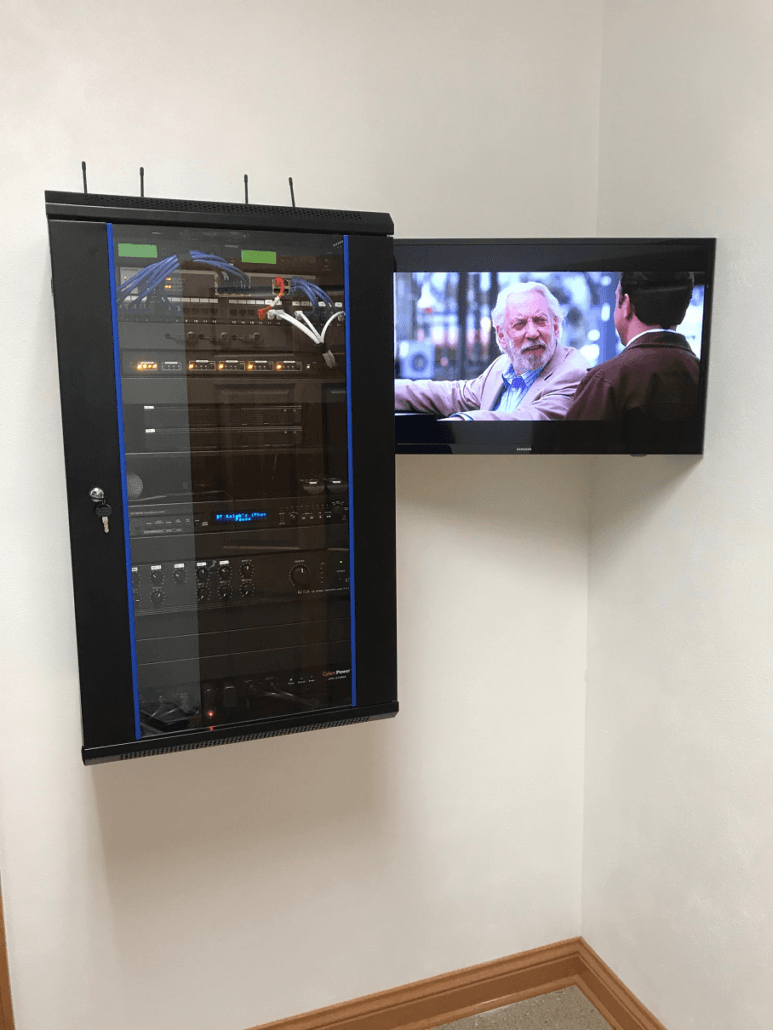Transforming Transmission through Cutting-edge Audio via IP Solutions toward a Connected Tomorrow
Transforming Transmission through Cutting-edge Audio via IP Solutions toward a Connected Tomorrow
Blog Article
This world of broadcasting is experiencing a significant shift due to cutting-edge sound via IP (AoIP) technologies. These developments are revolutionizing the way audio content is created, distributed, and received. Audio over IP refers to the approach of sending audio streams over a digital network, using Internet Protocol (IP) rather than traditional analog techniques. This change not only improves the standard of audio delivery but also offers broadcasters with more freedom and authority over their programming.
One key advantage of audio over IP technology is its capability to link multiple devices and systems efficiently. Classic broadcasting often depended on complex wiring and physical connections, which could be cumbersome and restrictive. With AoIP, broadcasters can easily interface mics, audio consoles, and additional devices through a common infrastructure. This integration allows for off-site broadcasting and live transmissions from almost any location, making it simpler to reach listeners across the globe. As a result, broadcasters can respond quickly to ongoing issues and audience requests, leading to more dynamic and captivating programs.
Moreover, AoIP technology facilitates superior audio formats that enhance the auditory encounter. Unlike traditional broadcasting techniques, which may compromise sound quality, audio over IP can preserve the integrity of the audio signal throughout the transmission process. This implies that listeners can enjoy clearer and more detailed sound, whether they are listening in via terrestrial radio, streaming over the internet, or employing mobile devices. The capability to deliver premium audio is particularly important for musical and discussion programs, where every detail matters to the listeners.
Additionally, the adoption of audio over IP technologies can lead to cost savings for broadcasters. By using existing network infrastructure, companies can remove the need for expensive hardware and extensive cabling. This not only reduces upfront costs but also lowers operational costs over time. Broadcasters can allocate resources more efficiently, investing in content creation and talent development. As a result, the entire media industry can gain from increased creativity and inventiveness, as financial resources are redirected toward improving programming and interacting with listeners.
In summary, the transition towards audio over IP systems is changing the media landscape. By allowing smooth connections, enhancing audio quality, and lowering costs, AoIP is paving the way for a better integrated future in broadcasting. As media organizations continue to adapt to these developments, they will be more prepared to satisfy the demands of their audiences, Visit This Link create compelling programs, and remain competitive in an ever-evolving industry. The prospects of broadcasting is bright, and audio over IP will play a crucial role in shaping how we experience audio content in the years to follow.